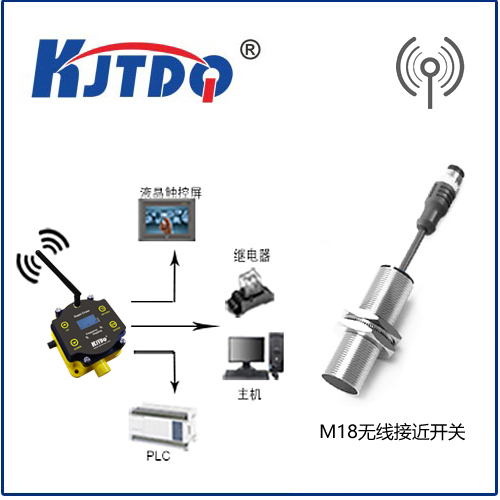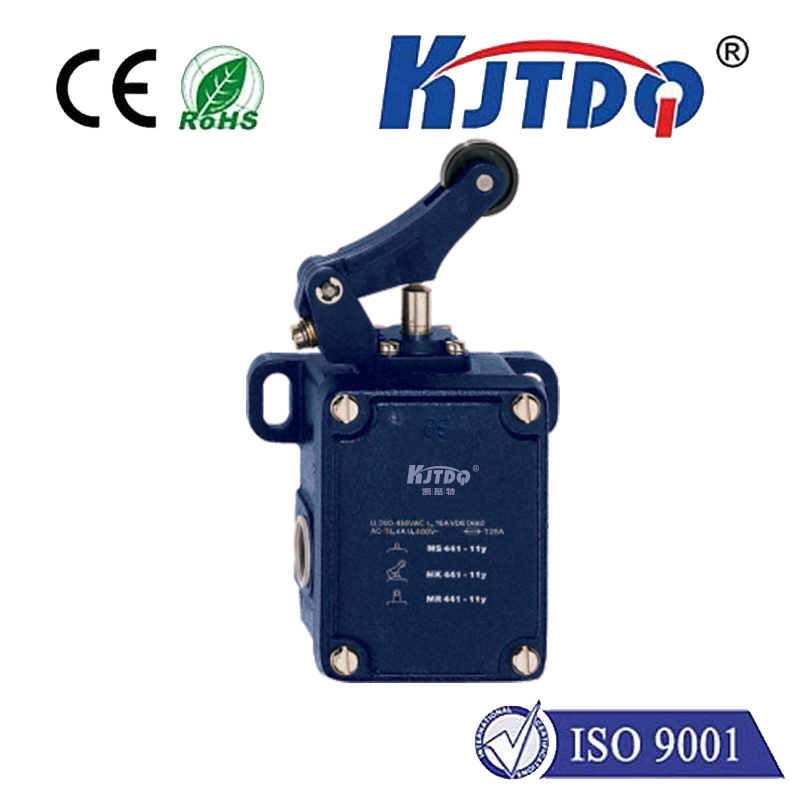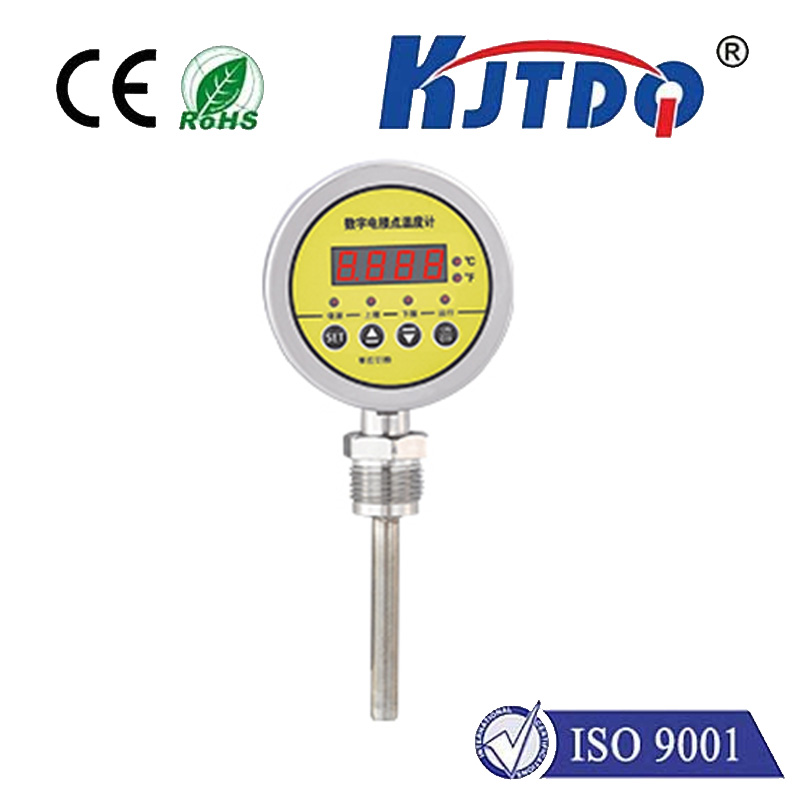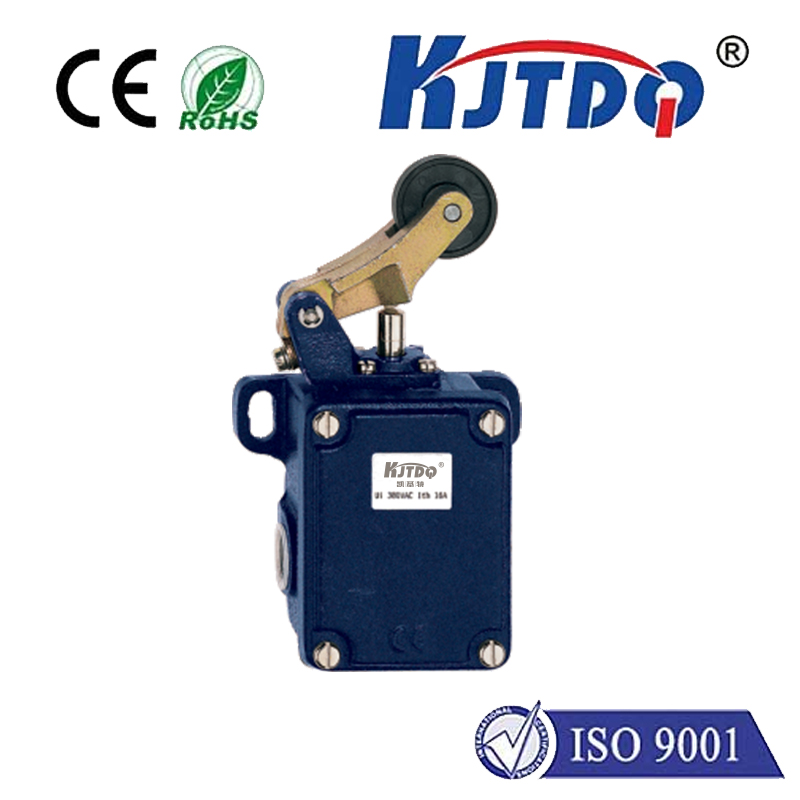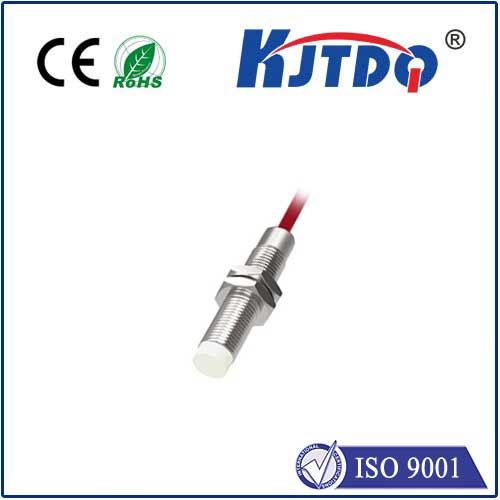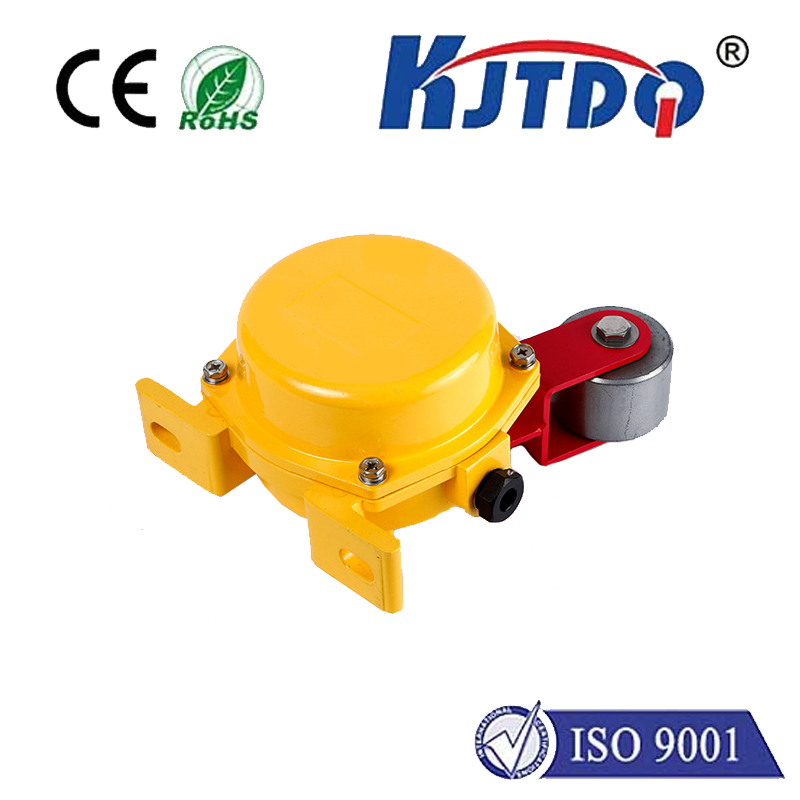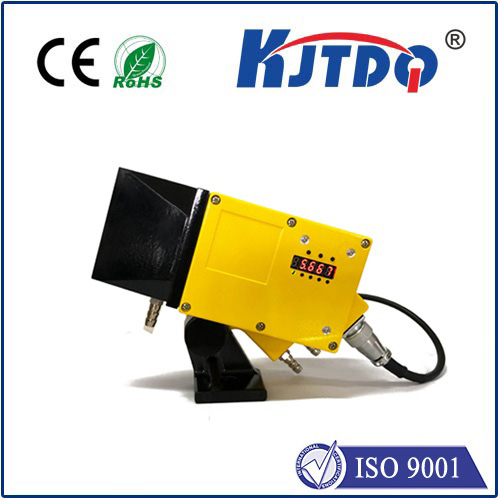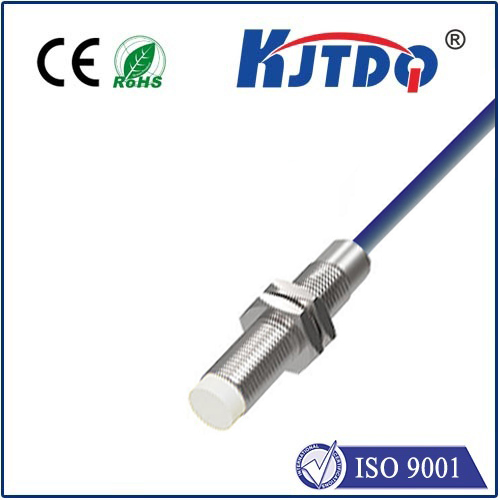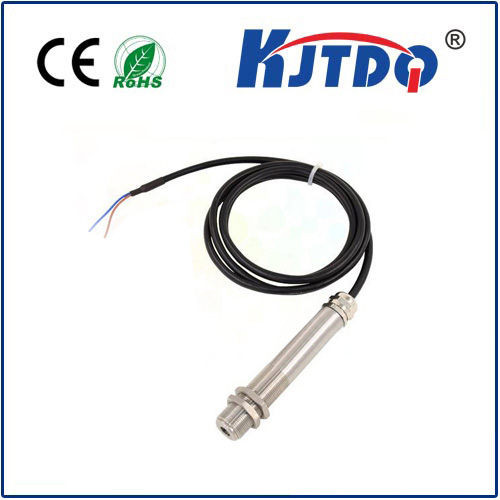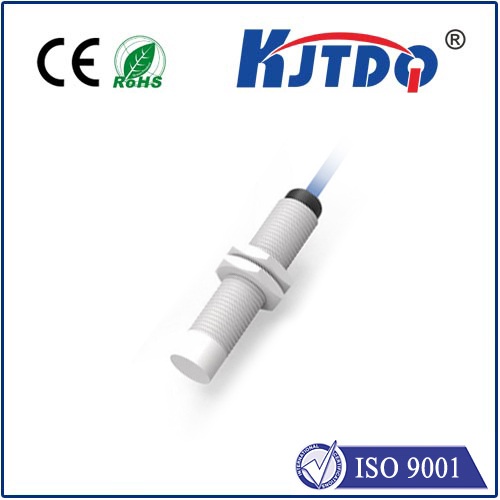BES03AL proximity sensor
- time:2025-10-14 04:21:54
- Click:0
BES03AL Proximity Sensor: Your Reliable Electronic Sentry for Industrial Automation
Imagine a factory humming with activity: robotic arms welding, conveyor belts moving, assemblies clicking together. Amidst this orchestrated chaos, countless unseen decisions happen in milliseconds – positioning parts, detecting presence, signaling movements. This critical, often invisible task frequently falls to a humble hero: the proximity sensor. And within this essential category, the BES03AL proximity sensor stands out as a workhorse renowned for its durability and dependable performance in demanding industrial settings. For engineers and maintenance professionals seeking a robust, non-contact detection solution, understanding the capabilities of the BES03AL is key to optimizing automation processes.
At its core, the BES03AL operates on the inductive sensing principle. This means it generates a high-frequency electromagnetic field via an internal coil. When a metallic object enters this field – the sensor’s detection range – it causes a measurable disturbance. The sensor’s internal electronics detect this change and instantly trigger a switching action. This non-contact nature is fundamental: the BES03AL proximity sensor detects targets without physical touch, eliminating mechanical wear and ensuring a long operating life. Think of it as an electronic sentry, constantly monitoring its designated zone for metallic intruders.
What Makes the BES03AL a Popular Choice?
Several features contribute to the widespread adoption and trust in the BES03AL proximity sensor:

- Robust Construction: Engineered for industrial environments, the BES03AL typically boasts a rugged, often nickel-plated brass or stainless-steel housing. This provides excellent resistance to impacts, vibration, and chemical splashes commonly encountered on factory floors.
- IP67 Protection Rating: A crucial specification, the IP67 rating signifies that the sensor is dust-tight and can withstand temporary immersion in water up to 1 meter deep. This level of ingress protection makes it suitable for washdown areas and harsh outdoor conditions where moisture or dust could cripple less robust components.
- Reliable Switching Performance: The BES03AL proximity sensor offers consistent and precise switching. Its ability to detect ferrous metals (like iron and steel) reliably, and often non-ferrous metals at reduced ranges, makes it incredibly versatile. The precise sensing distance ensures targets are detected exactly where needed, avoiding false triggers or missed detections that can halt production. Repeat accuracy is paramount, and this sensor delivers.
- Long Sensing Range: Inductive sensors like the BES03AL offer significantly longer detection distances compared to mechanical switches. Models might achieve detection ranges of 1.5 mm, 2 mm, 4 mm, or even 8 mm (specific range depends on the BES03AL variant). This gives designers more flexibility in mounting and positioning.
- High Switching Frequency: Capable of operating at high frequencies (often in the hundreds of Hz range), the BES03AL excels in applications involving fast-moving targets or requiring rapid cycle times. This is essential on high-speed assembly lines where every millisecond counts.
- No Moving Parts: Unlike mechanical limit switches, the BES03AL proximity sensor has no moving parts that can wear out over time. This translates directly to reduced maintenance requirements and significantly enhanced operational reliability. Fewer breakdowns mean less downtime and lower total cost of ownership.
- Versatile Outputs: While commonly found with a normally open (NO) or normally closed (NC) PNP (sourcing) transistor output (like the BES03AL-PNP), different variants exist to suit various control system requirements. This flexibility ensures compatibility with a wide range of PLCs, controllers, and other automation components.
- DC Operation: Designed for low-voltage DC control circuits (typically 10-30V DC), the BES03AL proximity sensor integrates seamlessly into modern industrial electrical systems.
Diverse Applications: Where the BES03AL Proximity Sensor Shines
The combination of robustness, reliability, and non-contact detection makes the BES03AL proximity sensor indispensable across numerous sectors:
- Machine Tools: Detecting tool presence/absence, monitoring spindle position, confirming fixture clamping, and checking workpiece position.
- Material Handling & Conveyor Systems: Counting parts on moving belts, detecting pallet presence at transfer points, verifying bin fill levels (metallic containers), and controlling gate actuation.
- Packaging Machinery: Ensuring carton flaps are folded, confirming case sealing, detecting metallic lids or caps, and verifying label presence.
- Automotive Production: Position detection of robotic arms, verifying component seating (e.g., engine blocks, transmissions), monitoring door closure status on assembly lines, and detecting metallic fasteners.
- Robotics: Providing end-of-arm tooling feedback, confirming gripper closure on metallic objects, and enabling safe zone detection.
- Metal Fabrication: Monitoring sheet or coil feed positions, detecting weld nuts or studs before welding, and confirming punch press die positions.
- Aggregate & Heavy Machinery: Detecting metal components on vibrating screens, monitoring bucket positions on excavators or loaders, and confirming door or cover closure on machinery.
Choosing the Right Variant and Integration
When selecting a BES03AL proximity sensor, attention to detail is vital:
- Sensing Distance: Determine the required range based on the target material and application geometry. Remember, detection range differs for mild steel versus stainless steel or aluminum.
- Thread Size & Housing: Verify the mechanical dimensions (e.g., M8, M12, M18, M30 threaded barrel) for mounting compatibility in your setup. Ensure the connector type (cable, M8, M12 plug) aligns with your system’s wiring.
- Output Type (PNP/NPN): Confirm whether your control system requires a PNP (sourcing) or NPN (sinking) output signal. The ubiquitous BES03AL-PNP serves the majority, but alternatives exist.
- Operating Voltage: Ensure the sensor’s voltage range (e.g., 10-30V DC) matches your power supply.
- Specific Target Material: While primarily for metals, understand the detection range reduction for non-ferrous targets if applicable.
Integrating the BES03AL proximity sensor into a system is typically straightforward, involving mounting the sensor securely near the target path, connecting its output to the PLC or controller input, and providing the correct DC power supply. Proper alignment and ensuring the target consistently enters the sensor’s detection zone are critical for reliable operation. Shielding considerations (usually indicated in the model number) might be needed depending on adjacent metal surfaces to prevent false triggering.
The Enduring Value of Reliability
In the relentless world of industrial automation, components like the BES03AL proximity sensor often work unseen but are fundamental to operational integrity. Its blend of rugged construction, exceptional immunity to harsh environments (thanks to IP67), precise non-contact inductive sensing, and high reliability establishes it as a cornerstone technology. Whether it’s ensuring a robotic arm picks up the correct component, preventing jams on a high-speed conveyor, or guaranteeing a machine operates only when safe, the BES03AL proximity sensor consistently delivers the performance needed for efficient, safe, and continuous production. For engineers seeking a proven solution for metallic object detection, the BES03AL remains a benchmark of industrial sensing.






